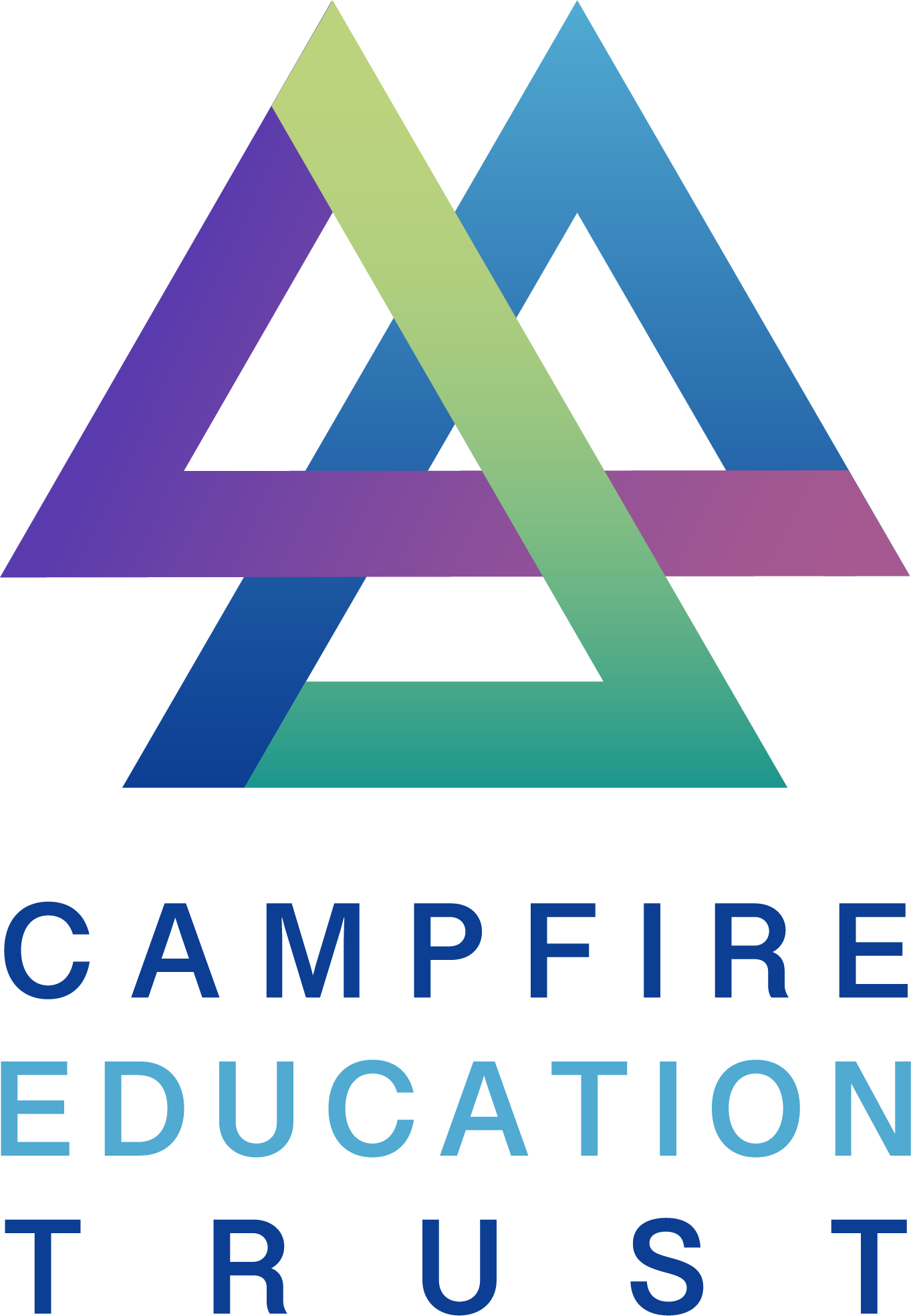Computing
Computing Curriculum
List of services
-
IntentList Item 1
At Spring Lane Primary, our computing curriculum empowers children to become confident, creative, and responsible users of technology in a fast-changing digital world. Rooted in our five curriculum drivers, we nurture Effective Communicators who confidently use technical vocabulary and support others by sharing their digital knowledge. Our expert learners build progressive skills in coding, data handling, and digital literacy, learning how to interpret, apply, and adapt their understanding across a range of technologies and platforms. We develop caring citizens who understand how to stay safe online, respect others in digital spaces, and take responsibility for their digital footprint. Through practical exploration of software, apps, and programming tools, children grow as healthy Individuals and leaders, developing problem-solving skills, resilience, and the confidence to support their peers. Above all, our curriculum inspires Aspirational thinkers who enjoy investigating new technologies, think critically about the digital world, and see themselves as capable digital citizens ready to thrive in an ever-evolving future.
-
ImplementationList Item 2
At Spring Lane, computing is embedded across the curriculum to prepare pupils to be digitally literate, confident, and responsible users of technology—both in school and in their future lives. We provide purposeful opportunities for pupils to develop computing knowledge and skills through cross-curricular links with mathematics, science, and design and technology. These connections ensure pupils understand how technology underpins modern life and empower them to be active participants in an increasingly digital world. Children have access to iPads and laptops, which are used not only in discrete computing lessons but also to enhance learning across subjects. Our inclusive approach recognises that while some pupils may rely on technology to access learning, its thoughtful use benefits all. In the Early Years and KS1, digital literacy and online safety are introduced through stories and role play, helping children to articulate their understanding in familiar, meaningful contexts. In KS2, digital literacy is taught explicitly at the start of the year to equip children with the knowledge and awareness they need to use technology safely and effectively across the curriculum. These themes are revisited throughout the year within computer science and information technology lessons, ensuring that children apply their understanding in real contexts as they encounter new tools, platforms, and challenges. By embedding technology across our curriculum and supporting staff development in this area, we ensure that all children experience computing through a broad, relevant and ambitious lens—one that removes barriers, opens doors, and builds the curiosity, competence and confidence to thrive in a digital future.
-
Impact
The impact of our computing curriculum is seen in pupils who are confident, creative, and responsible digital citizens. Children develop computational thinking, problem-solving abilities, and the resilience to debug and improve their work independently and collaboratively. Because learning is purposeful and rooted in real-world digital contexts, pupils understand how technology shapes their lives and the wider world, both now and in the future. Our curriculum empowers pupils to design, create, and evaluate digital content with precision and intent. Through hands-on, project-based learning, they develop fluency in using a range of tools, from coding platforms to digital media applications. Pupils become critical users of technology, understanding how to stay safe, respectful, and informed online, and are prepared to contribute thoughtfully and ethically in a digitally connected world.
• Pupils’ computing knowledge and skills are assessed using the following:
• Retrieval practice and vocabulary review to reinforce prior learning.
• Ongoing assessment for learning through observation, questioning, and live feedback.
• Pupil voice and digital portfolios to reflect progress, creativity, and understanding.
• Tasks linked to computing strands (e.g., programming, data handling, digital literacy).


